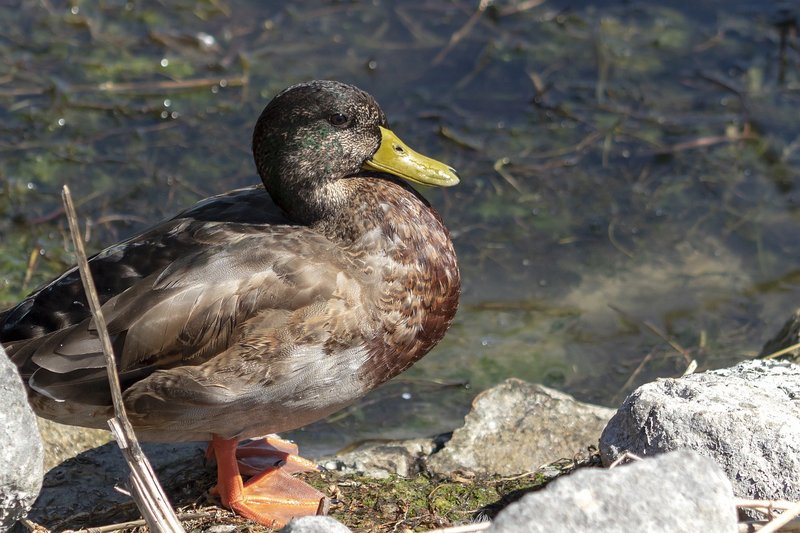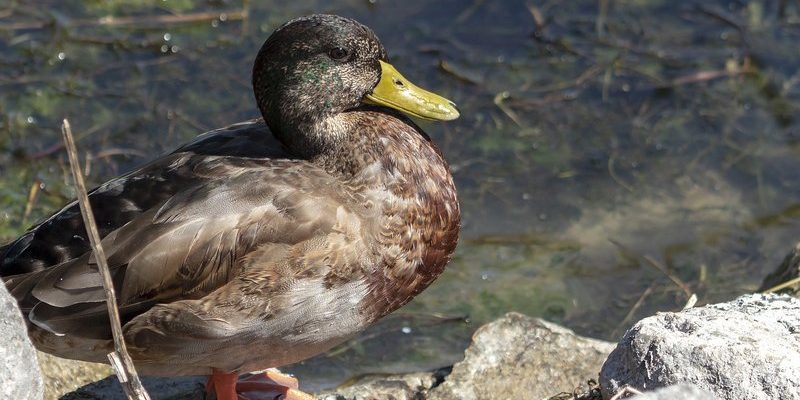
You might be wondering how ducks, often seen as common sights in parks and ponds, can be at risk. The truth is that ecological balance is delicate, and various factors—from habitat loss to climate change—can take a toll on duck populations. Just like that unexpected twist in a movie plot, there’s more to the story. In this article, we’ll explore the different duck species, what it means for them to be threatened or endangered, and how we can all contribute to their conservation.
Understanding Duck Species and Their Habitats
Ducks belong to the family Anatidae, which includes not just ducks but also geese and swans. There are numerous species of ducks, each with unique characteristics and habitats. Some common types include:
- Mallard: Perhaps the most familiar duck, easily recognized by its vibrant green head.
- Wood Duck: Known for its striking coloration and preference for wooded swamps.
- Northern Pintail: Distinct for its long neck and elegant shape.
- American Black Duck: Similar in size and shape to the mallard, but with darker plumage.
Ducks can be found in various environments, from serene ponds to bustling wetlands. Each species has specific needs regarding food, shelter, and breeding sites. Unfortunately, these habitats are increasingly threatened by urban development, pollution, and climate change.
You might be thinking, “Can’t ducks just adapt?” Well, while some species can adjust to changes, many are struggling to keep up. The loss of natural habitats is like removing the foundation of a house—without it, everything else can crumble.
The Difference Between Threatened and Endangered Ducks
Now, let’s clarify what it means when we say a duck is “threatened” or “endangered.” These terms aren’t just fancy words—they represent specific statuses defined by conservation organizations.
– Threatened: This means a species is likely to become endangered in the near future. Think of it as a warning sign, like seeing dark clouds gather before a storm. The situation is serious but not critical yet.
– Endangered: This status indicates that a species is at a very high risk of extinction. Imagine a ticking clock; the time is running out, and immediate action is required.
Ducks like the Northern Shoveler and the American Black Duck are classified as threatened in certain regions. On the flip side, species like the California Black Duck are in danger of disappearing altogether. This classification is vital for conservation efforts, guiding which species need more protection and resources.
Why Ducks Are Facing Threats
There are several reasons ducks are finding it harder to thrive. Here’s a breakdown of the main culprits:
- Habitat Loss: Urbanization and agricultural expansion often lead to the draining of wetlands, which are essential for ducks. With fewer places to nest and feed, duck populations can dwindle.
- Pollution: Chemical runoff from farms and cities can contaminate water sources, harming ducks and their food supply.
- Climate Change: Altered weather patterns affect migration routes and breeding cycles. For instance, some ducks may arrive at their breeding grounds too late due to changing temperatures.
- Hunting and Overharvesting: While regulated hunting is allowed in many areas, overharvesting can significantly impact vulnerable populations.
Let’s not forget about invasive species too. When non-native plants or animals enter an ecosystem, they can outcompete local species for resources. This leaves ducks struggling to survive in their own habitats.
Conservation Efforts for Ducks
So, what’s being done to help our quacking pals? Thankfully, there are various conservation efforts aimed at protecting duck populations. Here are a few key initiatives:
- Protected Areas: Establishing national parks and wildlife reserves provides safe habitats for ducks to thrive.
- Wetland Restoration: Projects aimed at restoring degraded wetlands can revitalize local ecosystems and provide habitat for ducks.
- Regulation of Hunting: Proper management and regulations help ensure that hunting does not threaten vulnerable duck populations.
- Public Awareness Campaigns: Educating the public about the importance of ducks and their habitats can drive more support for conservation efforts.
Honestly, you can get involved too! Whether through volunteering for local conservation groups or simply spreading the word about the importance of ducks, every little bit helps.
How You Can Help Ducks
Feeling inspired to take action? There are many ways you can lend a hand to ducks and their habitats. Here are a few simple ideas:
- Support Local Conservation Organizations: Many groups focus on protecting wetlands and restoring habitats. A small donation can go a long way.
- Limit Pollution: Reduce your use of chemicals in gardens and lawns to help keep waterways clean for ducks.
- Practice Responsible Birdwatching: If you enjoy observing ducks in their habitats, make sure to keep a respectful distance and avoid disturbing them.
Here’s the thing: Ducks may seem common, but many species are struggling. By taking steps to protect their habitats and support conservation efforts, you can help ensure that future generations get to enjoy these lovely birds.
The Future of Ducks: Hope and Challenges
While the situation for some duck species is concerning, there’s hope. Conservation efforts are gaining momentum, and public interest in wildlife protection is rising. With the right measures in place and continued commitment, we can help stabilize threatened species and potentially recover endangered ones.
However, challenges like climate change and habitat destruction remain significant hurdles. It’s crucial to stay informed and proactive, advocating for policies that benefit both wildlife and our environment.
So, is the duck threatened or endangered? The answer isn’t black and white. While many species face serious threats, there’s still an opportunity for recovery. By understanding the issues at hand and getting involved in conservation efforts, we can play a part in protecting these beautiful birds. Ducks are more than mere sights of nature; they’re essential parts of our ecosystems. Let’s ensure they continue to quack and paddle for generations to come.

